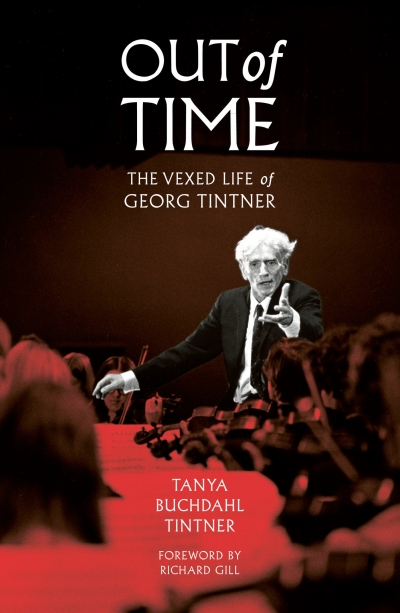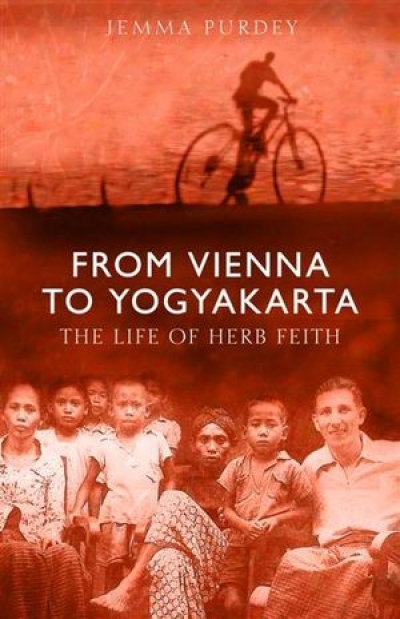Biography
Out of Time: The Vexed Life of Georg Tintner by Tanya Buchdahl Tintner
Book Life: The Life and Times of David Scott Mitchell by Eileen Chanin
From Vienna to Yogyakarta: The Life of Herb Feith by Jemma Purdey
Art, Love and Life: Ethel Carrick and E. Phillips Fox by Angela Goddard
The Hare With Amber Eyes: A hidden inheritance by Edmund de Waal
A Book of Secrets: Illegitimate Daughters, Absent Fathers by Michael Holroyd
The business of authoring another person’s life is problematic and potentially dangerous. You need to be brave to write biography. It is not just the labour involved, or the obsessive research involving more travel and hours of work than can be deemed cost-effective; it also requires a self-exposing judiciousness. At every stage in the procedure decisions are made, not with the support of a committee or a line manager, but usually by the biographer alone. The rightness or wrongness of these decisions affects not only the selection and handling of the material, but also almost every aspect of the project, from the initial negotiations with descendants of your subject, the literary executor or interested parties, to the publicity that surrounds the book’s publication.
... (read more)





